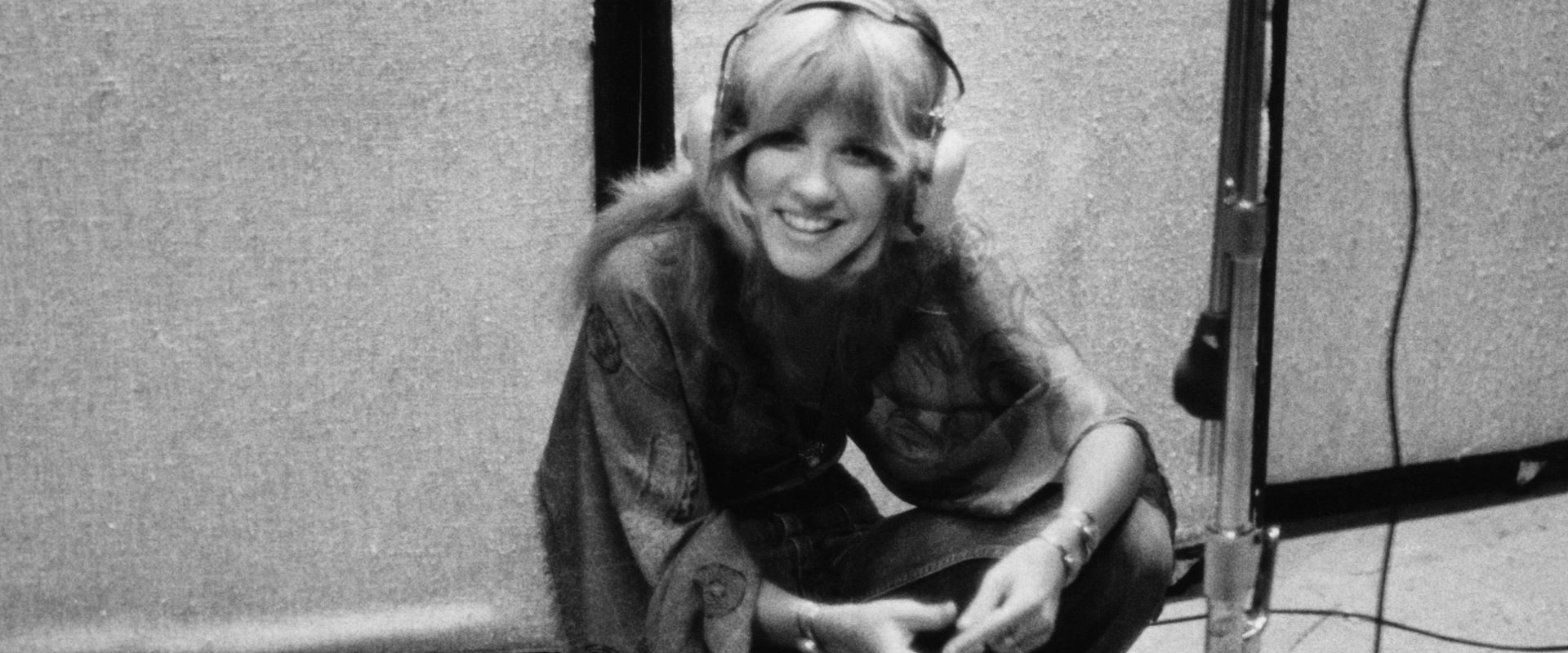When Stevie Nicks first joined Fleetwood Mac with her partner, Lindsey Buckingham, in 1975, she had no way of knowing the tremendous ride on which she was about to embark. The British blues band was saving her and Buckingham from a disastrous fate as the folk-rock duo, Buckingham Nicks, sure. But her entry into the band did more than save her from obscurity.
In a sense, it also saved her from the opposite: the pressure, sexualization, scrutiny, and judgment. She certainly wasn’t naive to the dangers of the music industry. However, as she explained in a 1985 interview, the band’s dynamics acted like a sort of shield.
Stevie Nicks Recalls What “Saved” Her In Fleetwood Mac
A quick look at the lineup of Fleetwood Mac would show just how diminutive Stevie Nicks was compared to her bandmates. Her short stature, young age, and the general camaraderie that forms between bandmates led to her adopting a sort of “little sister” persona in the group. On the one hand, this dynamic was challenging. Her bandmates weren’t always quick to take to her ideas. Nicks’ “little sister” persona somewhat discredited her later solo pursuits.
But on the other hand, Nicks explained in a 1985 interview, she was incredibly fortunate to have the honorary title of “Fleetwood Mac’s youngest sister.” “In my ancient ways,” Nicks begins with a hint of sardonic self-awareness, “now I know that I was very lucky to be the baby sister, you know? Yeah, let Christine [McVie] take all those hard knocks for me. She did. I didn’t have to.”
“They kept a lot of that bad stuff that happens away from me,” Nicks continued. “So, I didn’t have to have my dreams kind of crashed and ruined, which happens here in this town. I was really protected.”
When the interviewer brought up Pat Benatar, a fellow female rock icon who had famously talked about her own record label belittling and demeaning her, Nicks replied, “See, nobody ever said that to me because I was really protected.”
Taking Stock Of The Soft Rock Icons’ Social Hierarchy
Bands, like any other frequent gathering of humans, inherently develop hierarchies to survive. There is typically a bandleader, official or de facto, who is in charge of keeping the group on task, productive, and tight. Sometimes, there is a creative force that prefers a more backseat social role. Some bands have a “comedic relief” member. Others have one social butterfly who gets the band’s networking done, so the shyer members don’t have to.
Speaking to Rock World in 1993, Nicks described Fleetwood Mac’s social order. “Mick is the king,” she explained. “He’s the head of the band. He comes in, and you think you ought to curtsy. In the studio, Lindsey [Buckingham]’s word was law. Christine [McVie] almost always delivered the hits. She’s like an earth mother, and I’m her little sister. John [McVie] is the other fixed point around which the band revolves. Sometimes, it got really funny, this giant percussionist and two couples in front of him. Especially when all the relationships broke up.”
Six years earlier, Nicks described her band persona as a “spider woman.” “I try to imagine myself putting on a spider mask,” she said. “I become very subdued and quieter, I don’t move so fast, I’m in a state of suspended animation. This character…she’s interesting, but she never gets crazy, and she keeps all her emotion very much within herself.”
Photo by Fin Costello/Redferns
